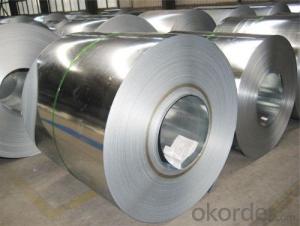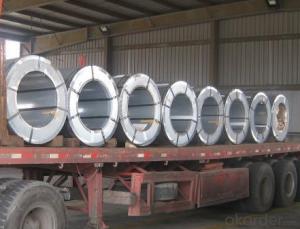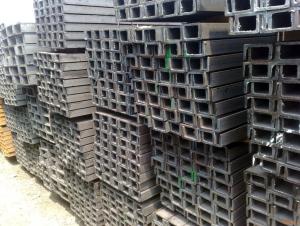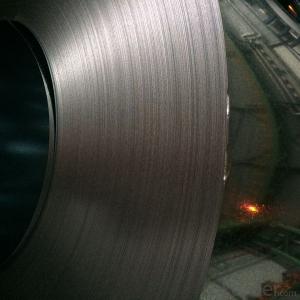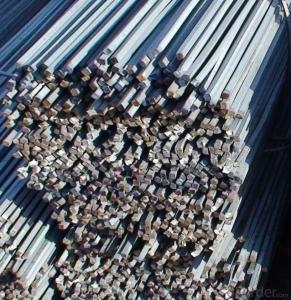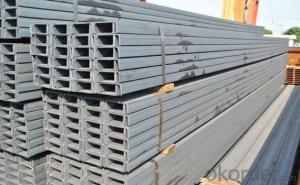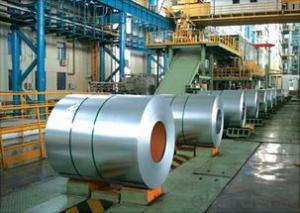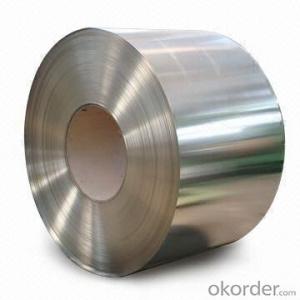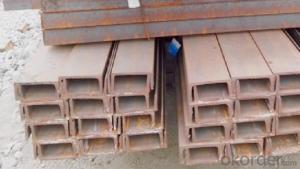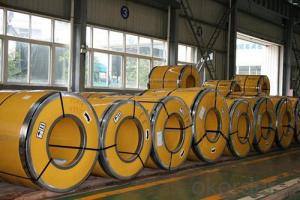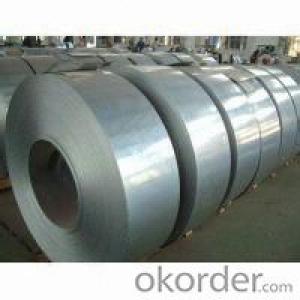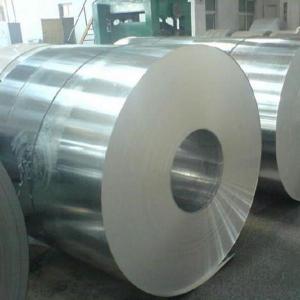All Categories
- - Steel Wire Rod
- - Steel Coils
- - Steel Profiles
- - Steel Pipes
- - Stainless Steel
- - Tinplate
- - Special Steel
- - Steel Sheets
- - Steel Rebars
- - Steel Strips
- - Hot Rolled Steel
- - Cold Rolled Steel
- - Pre-painted Steel
- - Seamless Steel Pipe
- - Welded Steel Pipe
- - Hollow Steel Tubes
- - Galvanized Pipe
- - Stainless Steel Coil
- - Stainless Steel Sheet
- - Stainless Steel Plate
- - Stainless Steel Strips
- - Electrolytic Tinplate Coil
- - Electrolytic Tinplate Sheet
- - Stainless Steel Rebars
- - Solar Panels
- - Solar Water Heater
- - Solar Related Products
- - Solar Inverter
- - Solar Cells
- - Solar Light
- - Solar Energy Systems
- - Solar Controllers
- - Solar Mounting System
- - Solar Pump
- - Solar Chargers
- - Fiberglass Chopped Strand
- - Fiberglass Mesh Cloth
- - Composite Pipes
- - FRP Pultrusion Profiles
- - Fiberglass Mat Tissue
- - Fiberglass Fabrics
- - Fiberglass Mesh
- - Composite Tank
- - Fiberglass Mesh tape
- - Polymer
- - FRP Roofing Panel
- - Fiberglass Roving
- - Monolithic Refractories
- - Ceramic Fiber Products
- - Refractory Bricks
- - Raw Materials For Refractory
- - Suspended Platform
- - Cranes
- - Concrete Machinery
- - Earthmoving Machinery
- - Building Hoist
- - Road Building Machinery
- - Plastic Pipe Fittings
- - Plastic Tubes
- - Plastic Sheets
- - Agricultural Plastic Products
- - Plastic Nets
 All Categories
All Categories
Q & A
How does cold-rolled steel contribute to the efficiency and performance of eco-sensitive architectural design and construction?
Cold-rolled steel contributes to the efficiency and performance of eco-sensitive architectural design and construction in several ways. Firstly, its manufacturing process involves less energy and resources compared to hot-rolled steel, reducing its carbon footprint. Additionally, cold-rolled steel is highly durable and resistant to corrosion, ensuring the longevity of structures and minimizing the need for replacements or repairs. Its high strength-to-weight ratio allows for lighter and more efficient designs, reducing material usage and transportation costs. Moreover, cold-rolled steel can be recycled easily, promoting a circular economy and reducing waste. Overall, its sustainable properties make cold-rolled steel an ideal choice for eco-sensitive architectural projects.
Are there environmental benefits to using cold-rolled steel?
Yes, there are environmental benefits to using cold-rolled steel. Cold-rolling steel requires less energy and produces less carbon emissions compared to other steel production methods. Additionally, using cold-rolled steel reduces the need for additional surface treatments, such as galvanizing or painting, which can release harmful chemicals into the environment. Cold-rolled steel is also highly recyclable, leading to reduced waste and resource consumption. Overall, using cold-rolled steel promotes sustainable and eco-friendly practices in the manufacturing industry.
What is the impact of cold-rolling on the mechanical properties of steel?
Cold-rolling significantly improves the mechanical properties of steel by increasing its strength, hardness, and flexibility. The process of cold-rolling involves passing the steel through a series of rollers at low temperatures, which compresses and aligns the grains of the metal, resulting in a refined microstructure. This refined microstructure enhances the steel's tensile strength, making it more resistant to deformation and wear. Additionally, cold-rolling also increases the hardness of the steel, making it less susceptible to scratches and dents. Overall, the impact of cold-rolling on the mechanical properties of steel is a positive one, enhancing its performance and durability in various applications.
What is the role of cold-rolled steel in the rail and transportation industry?
Cold-rolled steel plays a crucial role in the rail and transportation industry as it is commonly used in the manufacturing of train tracks, locomotives, and various transportation components. Its high strength, durability, and resistance to wear and tear make it an ideal material for constructing rail infrastructure. Additionally, its smooth surface finish and dimensional accuracy ensure smoother rides, minimizing friction and allowing trains to travel at higher speeds. Overall, cold-rolled steel is essential for maintaining the reliability, efficiency, and safety of rail and transportation systems.
Wholesale Cold Rolled Steel from supplier in Rwanda
We are a Cold Rolled Steel supplier serving the Rwanda, mainly engaged in the sale, quotation, and technical support services of various Cold Rolled Steel products in the Rwanda region. We are a subsidiary platform of the Fortune Global 500 company CNBM, able to provide you with one-stop Cold Rolled Steel procurement services in the Rwanda. Not only do we have a wide range of Cold Rolled Steel products, but after years of market development in the Rwanda, we can also provide valuable experience for your projects.

